Maine Coon cats are renowned for their impressive size and long, luxurious coats. The Maine Coon Lynx mix adds to this allure, with physical similarities to wild lynx cats that capture many feline enthusiasts’ imaginations.
In this comprehensive guide, we’ll delve into the world of the Maine Coon Lynx cat and address some myths and misconceptions about this captivating breed.
Maine Coon Lynx Cat: History and Origin
The Maine Coon is one of the oldest and most distinctive native American cat breeds. Hailing from the state of Maine, as its name suggests, this breed’s exact origins are veiled in mystery.
However, many captivating tales and legends have arisen over the years to explain its unique characteristics and background.
Origins in New England
The Maine Coon’s story begins in the late 1700s in New England. With its rugged good looks, shaggy coat, and larger-than-life size, it’s widely believed that the.
Maine Coon resulted from breeding between native short-haired and long-haired cats brought to America by seafarers or traders. This amalgamation helped the breed develop its signature tufted ears, bushy tail, and muscular build.
The Marie Antoinette Legend
One of the most enchanting stories ties the Maine Coon’s origins to the ill-fated French queen, Marie Antoinette. The legend goes that in a desperate bid to escape the turmoil of the French Revolution.
Marie Antoinette shipped her belongings, including her cherished Turkish Angora cats, to America in anticipation of her escape. While she never made it to American shores, her feline companions supposedly did.
These Angoras, with their luxurious coats, are believed to have intermingled with local cats, laying the groundwork for what would become the Maine Coon breed. Whether or not this tale holds water is a matter of debate, but it certainly adds to the allure of this majestic breed.
Lynx Characteristics
It’s important to clarify that when one refers to a “Maine Coon Lynx,” it’s usually about the “lynx tips” or tufts of hair at the tips of the ears that resemble those of a wild lynx.
This is one of the breed’s defining features. These tufts are believed to have played a functional role, helping to channel sound into the ears and offer protection against the elements, much like they do for their wild counterparts.
Recognition and Modern Day
Despite its murky beginnings, what’s undeniable is the Maine Coon’s rise to popularity in the United States. By the late 19th century, Maine Coons were winning prizes at national cat shows. Their gentle disposition, coupled with their majestic appearance, has made them a favorite among cat lovers.
While the exact origins of the Maine Coon and, by extension, the Maine Coon Lynx remain an irresistible blend of historical fact and engaging folklore, one thing is clear: their undeniable charm and beauty have cemented their place in the hearts of many, making them one of the most beloved cat breeds in the world.
Large Ears and Lynx Tips: These cats boast large ears, often with tufted lynx tips, giving them their namesake appearance. Blue Eyes: While not exclusive to the lynx variety, the striking blue eyes are a hallmark for some Maine Coon Lynxes. Shaggy Coat and Longer Guard Hairs:
Their long coats, especially the shaggy coat around their necks and longer guard hairs, further enhance their wild appearance. Bushy Tails and Large Paws: Adapted for harsh winter climates, their bushy tails and large, tufted paws are perfect for navigating snowy terrains.
Maine Coon Lynx: Physical Characteristics
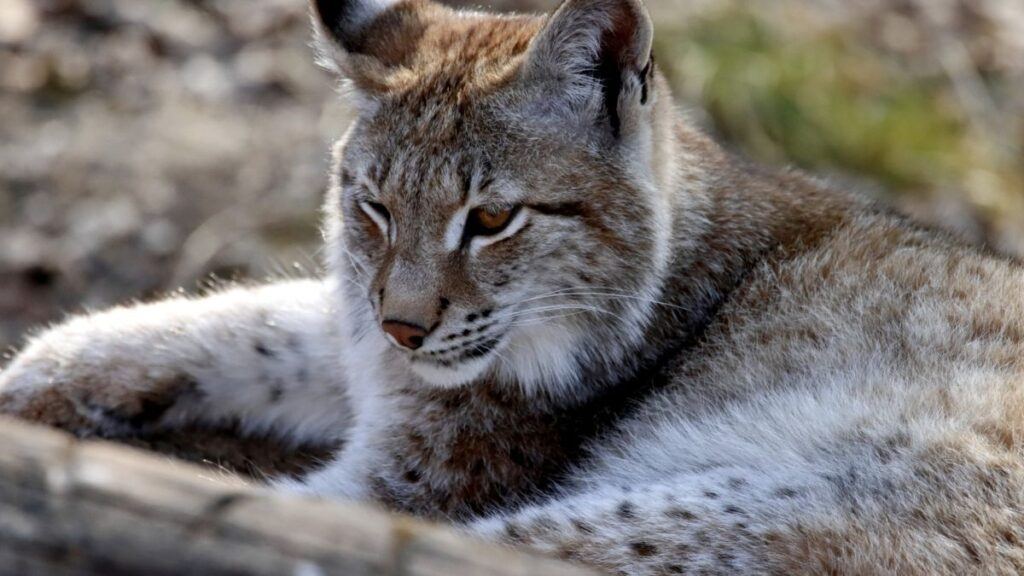
The Maine Coon is already a breed that radiates magnificence and grandeur. Still, when you introduce the characteristics typical of the Maine Coon Lynx, it accentuates the breed’s wild, natural appeal.
Stature and Build
The Maine Coon’s robust size is one of its most distinguishing features. These cats are often called the “gentle giants” of the domestic cat world.
Their long, muscular, and powerful bodies give them an edge if they roam in the wild. The Maine Coon Lynx variety further intensifies this natural prowess.
Distinctive Ears and Lynx Tips
One of the most standout characteristics of the Maine Coon Lynx is their impressive ear size. The ears are large and often adorned with tufted lynx tips.
These tufts, resembling those of wild lynxes, give this variety its distinctive namesake. They not only add to their aesthetic appeal but might have historically helped channel sounds, providing an advantage in the wild.
Eyes that Mesmerize
Although blue eyes can be found in Maine Coons, it’s a sight to behold in a Maine Coon Lynx. The contrast of their deep blue eyes against their often multi-toned fur gives them a captivating look. These eyes, while stunning, also give them a mysterious and alluring presence.
A Coat that Echoes the Wild
The Maine Coon Lynx’s coat is a spectacle. Their long, shaggy fur, particularly noticeable around the neck, is reminiscent of a lion’s mane.
The longer guard hairs intensify their wild, rugged look, making them appear like they’ve just stepped out of a forested realm.
Adaptations for the Cold
Originating from the cold regions of New England, Maine Coons have evolved with features that aid them in frigid climates.
Their bushy tails, which they can wrap around themselves for warmth, and their large tufted paws, which act as snowshoes, are testaments to their adaptive evolution.
The Maine Coon Lynx, with its additional lynx-like features, looks even more equipped to traverse snowy landscapes.
The Maine Coon Lynx is a convergence of the domestic and the wild, with its appearance effortlessly echoing the grandeur of its feral counterparts.
Whether it’s the tufted ears, the captivating eyes, or the shaggy coat, every aspect of this cat variety screams natural beauty and wild elegance.
Related: Maine Coon Tabby Mix Short Hair
Lynx Cat’s History vs. Maine Coon’s Lynx Appearance:
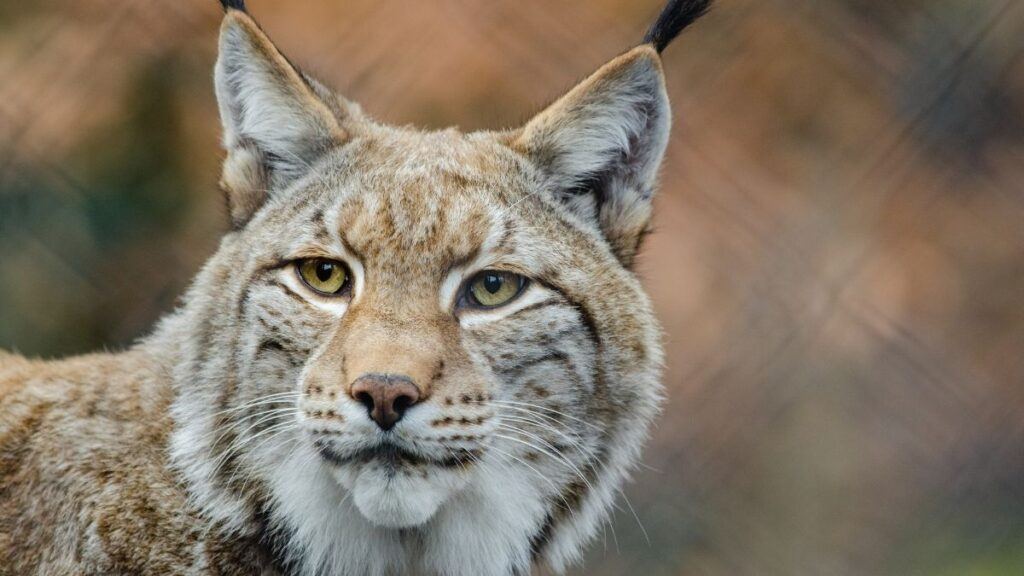
When delving into the world of feline species and breeds, it’s easy to get intrigued by the similarities in appearance and names. One such example is the association between the x and the Wild Lynx.
Maine Coon Lynx cat. However, despite the name and aesthetic resemblances, they originate from entirely different histories and genealogies.
The Wild Lynx: A Brief History
The wild lynx is a medium-sized wild cat native to the forests of Eurasia and North America. There are four main species of lynx: the Eurasian lynx, the Iberian lynx, the Canada lynx, and the bobcat.
These cats are known for their short tails, tufted ears, large padded paws for navigating snow, and solitary behavior. Historically, lynxes have been hunted for their beautiful fur, but thanks to conservation efforts, some species have seen an increase in numbers.
Maine Coon Lynx: A Tale of Appearance
The Maine Coon Lynx, on the other hand, is not a separate breed but a type within the Maine Coon breed distinguished by its tufted ears reminiscent of the wild lynx’s ears.
These cats, much like their Maine Coon counterparts, have a muscular build, a bushy tail, and a majestic appearance. The name “Lynx” in their title is derived from their lynx-like ear tufts and not due to any direct lineage or genetic connection to the wild lynx species.
Distinguishing Between History and Aesthetics
While it’s fascinating to draw parallels between the wild lynx and the Maine Coon Lynx based on their looks, it’s paramount to understand that these similarities are purely cosmetic.
The Maine Coon breed has its roots in New England, particularly Maine, and its history is a mix of legends, tales, and documented breeding practices. Their physical characteristics, including the lynx tips, evolved due to genetic mutations, breeding preferences, or environmental adaptations.
In contrast, the wild lynx’s features, including its tufted ears and padded paws, are evolutionary traits developed over millennia to aid in hunting and survival in often harsh terrains.
The Maine Coon Lynx’s resemblance to the wild lynx is a testament to the wonder of nature and genetics, where two entirely unrelated species can showcase similar features.
However, it’s essential to recognize and appreciate each for their unique histories, characteristics, and contributions to the rich tapestry of the feline world.
The Maine Coon Lynx, with its majestic appearance, pays a visual homage to its wild namesake. Still, its domestic origins and gentle demeanor make it a distinct entity.
Related: Maine Coon Cat Lifespan: The Longevity of the Gentle Giants
Maine Coon Lynx Cat: Myths and Misconceptions Unveiled
The Maine Coon Lynx, with its impressive size and majestic appearance, is often the subject of intrigue and fascination, leading to a slew of myths and misconceptions.
As with many animals that carry a semblance of the wild in their appearance, the Maine Coon Lynx’s origins and characteristics are sometimes misinterpreted or sensationalized. Let’s delve deeper into these myths and set the record straight.
- The Raccoon Legend: One of the most enduring legends is that the Maine Coon’s bushy tail and coloring resulted from crossbreeding with raccoons. This idea, spurred on by the “Coon” in their name, is biologically impossible, as raccoons and cats belong to different families and cannot interbreed. The bushy tail of the Maine Coon is simply a result of genetic factors and selective breeding to withstand colder climates.
- Wildcat Hybrid Myth: Another misconception is that Maine Coons originated from matings between domestic cats and wildcats. While Maine Coons have a wild appearance, especially the Maine Coon Lynx variant, with its tufted ears and large size, there is no scientific evidence to support this claim. Domestic cats have been selectively bred over countless generations, resulting in various physical traits. Their appearance is simply an evolution of these traits and not a direct lineage from wildcats.
- The Lynx Connection: The term “Lynx” in the Maine Coon Lynx variant is often misinterpreted, leading some to believe that these cats have a direct lineage or connection to the wild lynx species. In truth, the term “Lynx” here refers to the tufted ears reminiscent of a lynx’s ears. No wild lynx species played a role in the Maine Coon’s development. Genetic testing and lineage tracking confirm that the Maine Coon Lynx, like other Maine Coons, is a pure domestic breed.
- Temperament Misconceptions: Due to their wild appearance, especially in the Lynx variant, some mistakenly assume that Maine Coon cats have an agitated or aggressive temperament. In reality, Maine Coons are known for their gentle, pleasant, and affectionate nature. Their “wild” appearance doesn’t translate to a wild disposition.
- Health and Care Myths: Some believe that because of their “wild” look, especially the Maine Coon Lynx variant, they might be more resilient or require different care than other domestic cats. In reality, Maine Coons have specific health and grooming needs, just like any other breed, and should receive regular veterinary care, grooming, and attention.
While the Maine Coon Lynx cat’s appearance might echo the grandeur and mystique of the wild, it’s crucial to distinguish between myths and reality.
The tales surrounding their origin and nature are fascinating, but understanding their true lineage and characteristics ensures that these majestic felines are appreciated and cared for in the best possible manner.
Related: Maine Coon Siamese Cat
Maine Coon Lynx Cats: Health and Comprehensive Care
The Maine Coon Lynx, with its unique appearance and majestic demeanor, often captures the hearts of many. However, like any breed, they have specific health and care needs. Let’s explore these concerns in depth:
- Hip Dysplasia: Common in larger breeds of cats and dogs, hip dysplasia in Maine Coon Lynxes arises due to the malformation of the hip joint. Over time, this can lead to arthritis and pain. Ensuring that the cat maintains a healthy weight, engaging in joint-friendly exercises, and seeking early veterinary intervention can help manage or delay the onset of associated symptoms.
- Hypertrophic Cardiomyopathy (HCM): HCM is a heart condition where the heart muscle thickens. In Maine Coon Lynxes, regular cardiac screenings and early detection can be crucial. Cats diagnosed with HCM may require medication and specific care instructions, but many live comfortably with the condition when monitored closely.
- Spinal Muscular Atrophy (SMA): While SMA might sound alarming, it’s essential to note that in Maine Coon Lynxes, this genetic mutation doesn’t cause pain or discomfort. It results in the loss of specific spinal cord neurons, leading to muscle wasting. However, it doesn’t affect the cat’s overall lifespan or quality of life. Owners should be educated about this condition to avoid unnecessary panic.
- Periodontal Disease: The Maine Coon Lynx’s unique jaw structure can make them prone to dental issues. Regular dental check-ups, brushing their teeth at home, and providing dental hygiene chews or toys can help reduce the risk. Additionally, feeding them a balanced diet and considering dental-specific cat foods can further ensure their oral health.
- Grooming Needs: The Maine Coon Lynx’s luxurious long hair is undoubtedly a sight, but it requires consistent care. Weekly brushing is essential to prevent tangles and matting, especially in areas like under the arms and behind the ears. During the shedding season, more frequent grooming might be necessary. Regular grooming sessions also provide an opportunity to check for skin issues, lumps, or external parasites.
- Diet and Nutrition: Given their size and active nature, Maine Coon Lynxes have specific nutritional needs. A balanced diet with high-quality protein sources, essential fats, and the right calorie content is crucial. Some brands offer formulations tailored for Maine Coons, considering their unique dietary requirements.
- Behavioral Monitoring: Observing any sudden behavioral changes in your Maine Coon Lynx can be an early indicator of health issues. Whether it’s a change in appetite, litter box habits, or activity levels, it’s always a good idea to consult a veterinarian if anything seems amiss.
Delving Deeper into the Allure of the Maine Coon Lynx Cat
The Maine Coon Lynx cat, often considered the “gentle giant” of the feline world, holds a special place in the hearts of many.
Their striking looks combined with an endearing disposition make them particularly captivating. Let’s take a closer look into what makes this variety of the Maine Coon so enchanting:
- A Natural Showstopper: With their tufted ears, bushy tails, and robust frame, the Maine Coon Lynx captures attention effortlessly. Their physical features, reminiscent of their wild counterparts, evoke a sense of wilderness and majesty, setting them apart from other domesticated cats.
- A Melting Pot of History: While the myths and legends surrounding the Maine Coon Lynx are abundant, ranging from wild lynx lineage to raccoon connections, the breed’s true origin lies in its domestic roots. Their history is intertwined with seafarers, farmers, and families of New England, making them a storied breed that carries both myth and reality in its lineage.
- The Purrfect Personality: Beyond their wild appearance lies a heart that is anything but ferocious. Maine Coon Lynxes are known for their pleasant nature, playful disposition, and gentle approach. They form strong bonds with their human families, often acting as loyal companions. Their curious nature and playful antics, combined with a surprisingly soft chirp-like meow, endear them to people of all ages.
- Adaptability and Intelligence: Maine Coon Lynxes are not just about looks and charm; they’re also renowned for their intelligence. This makes them highly trainable, and many owners find joy in teaching them tricks, setting up agility courses, or even taking them on leashed walks. Their adaptability also means they’re just as comfortable in an apartment setting as they are in a larger home, as long as their mental and physical stimulation needs are met.
- A Commitment to Care: While owning a Maine Coon Lynx can be a rewarding experience, it also comes with the responsibility of ensuring their health and well-being. Regular grooming, attention to their dietary needs, and understanding their specific health concerns are paramount. Their size and physique, while impressive, also mean they might have unique nutritional and medical needs.
- Building the Bond: The bond between a Maine Coon Lynx and its owner is often profound. Their affectionate nature and tendency to be “people-oriented” mean they thrive on interaction. Engaging in play, providing enrichment toys, and simply spending quality time with them can strengthen the bond and ensure a happy, well-adjusted cat.
- The Maine Coon Lynx cat: Embodies the best of both worlds: the wild aura of a majestic beast and the heart of a loving, domesticated companion. They are a beautiful reminder of the intricate relationship between humans and the animal kingdom. When embraced with respect, understanding, and care, the Maine Coon Lynx cat is a companion, gracing our lives with their unparalleled presence.
Conclusion: Maine Coon Lynx Mix
In the realm of feline companions, the Maine Coon Lynx mix stands out as a majestic long-haired breed, captivating the hearts of many human beings.
While tales and legends have woven intricate stories around its origins, the fact is that the modern Maine Coon Lynx mix is a product of selective breeding among different breeds, resulting in its unique characteristics.
Despite the resemblance to wilder ancestors, it’s essential to remember that they belong to a completely different species than their wild counterparts.
Embracing the Maine Coon Lynx mix means appreciating the intricacies of its history, the diversity of its lineage, and the unparalleled companionship it offers.
Thanks for reading, and if you have a Maine Coon Lynx mix, we would love to hear about your cat in the comments section below.
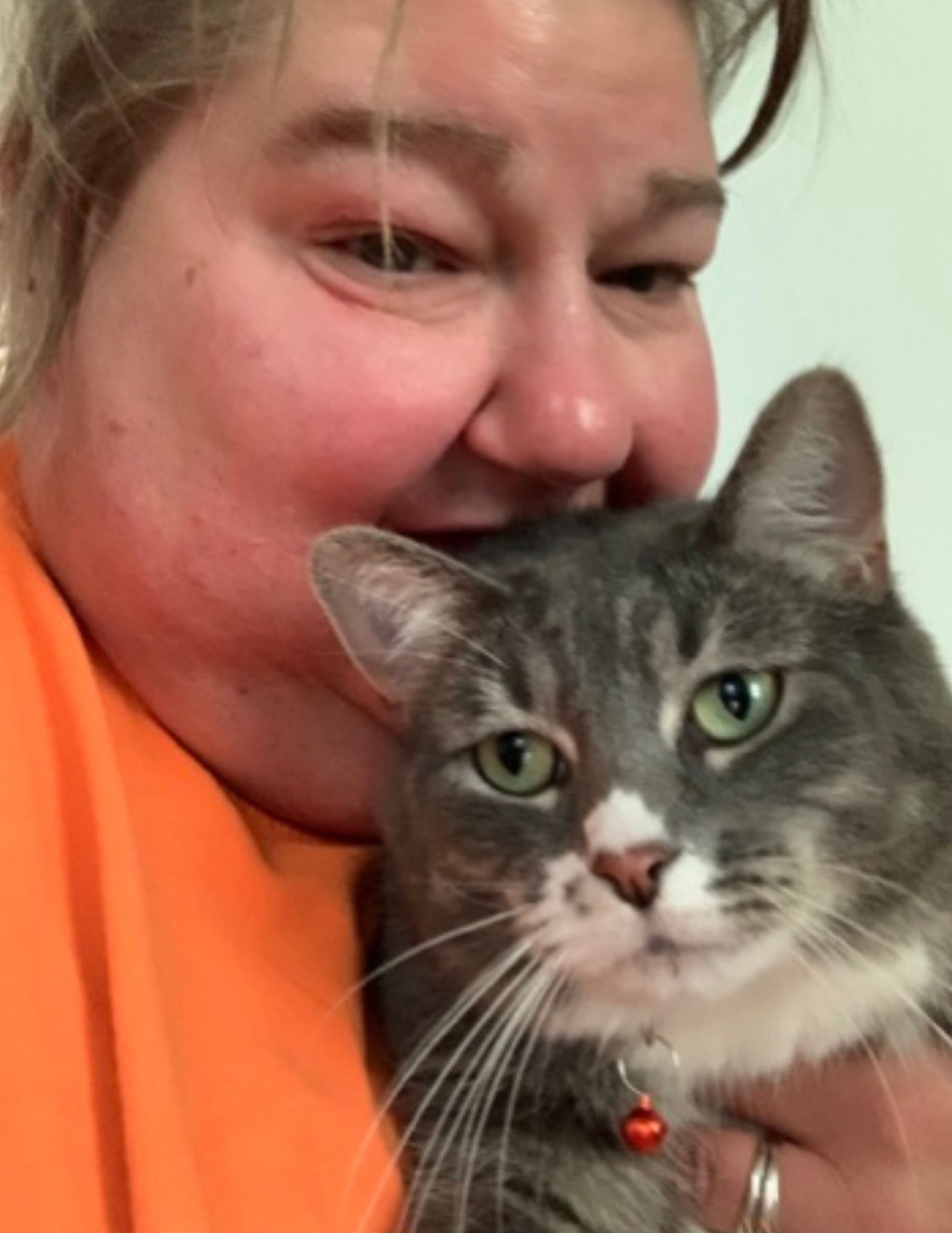
Meet Ann Haasnoot, the passionate founder of CatFurLife.com. A lifelong cat lover from Wisconsin, Ann combines her extensive feline behavior and care knowledge with her love for writing. On her website, she shares invaluable insights about cat breeds, care tips, and her experiences with her beloved furbaby, aiming to deepen the bond between cats and their human companions.
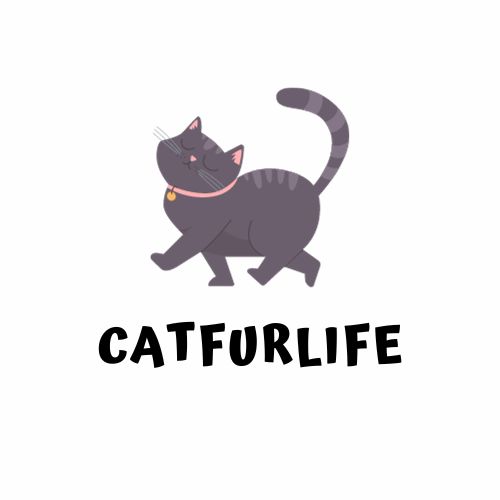
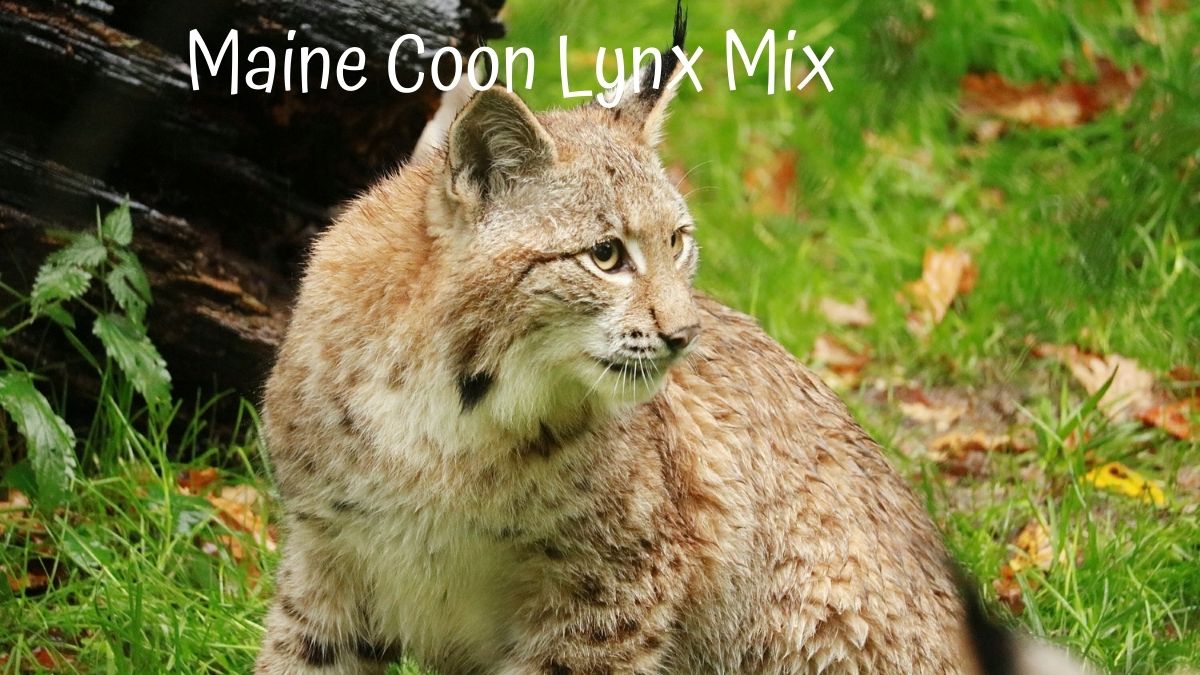
Is it true if someone is normally allergic to cats, that would not be the case for a Mainecoon?
Hi thanks for the comment for the answer to your question
Is it true if someone is normally allergic to cats, that would not be the case for a Maine Coon Cat?
Due to their High Fur and Large size. they produce allergens like other cats. Which can cause allergic reactions to some people. However with some care and attention from
both parties involved. The Maine Coon can be enjoyed by those with allergies to cats as well as those without any allergies at all. in the opinion of Maine Coon Cats are not an issue if you have mild allergies, but if you suffer from severe asthma or respiratory issues then they may not be suitable to you or the person with the allergies